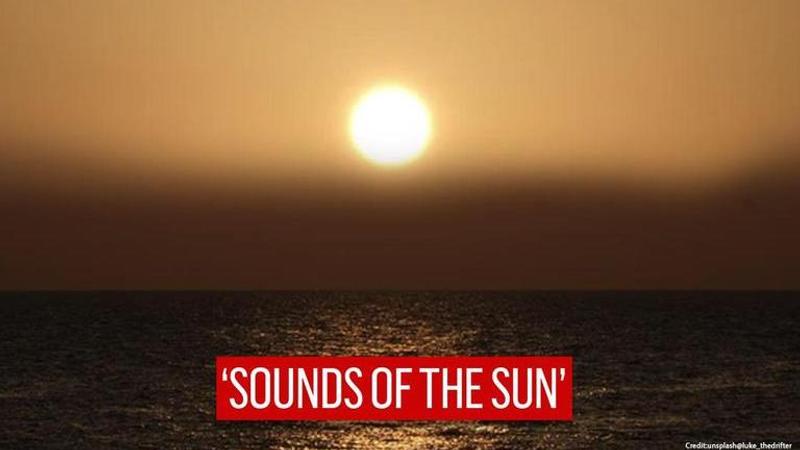Published 15:25 IST, November 23rd 2020
NASA scientists capture 'sound of our star', netizens say it makes them 'feel great'
In a bid to mark #SunDay, NASA on November 22 shared an intriguing clip of ‘sounds of our star’, which scientists recorded for nearly 25 years.

In a bid to mark #SunDay, NASA on November 22 shared an intriguing clip of ‘sounds of our stars’. According to the US Space agency, data from ESA and NASA’s SOHO captured the dynamic movement of the Sun’s atmosphere for over 20 years. Taking to Twitter, NASA Sun & Space shared the sound of Sun’s movement, including its waves, loops and eruptions.
In the clip, Alex Young, who is the associate director for science in the Heliophysics Science Division at NASA’s Goddard Space Flight Centre in Greenbelt, Maryland, described what creates the sound inside the Sun and what its importance is in knowing more about the star. He said that the waves are travelling and bouncing around inside the sun and if one’s eyes were sensitive enough they actually see it as well. He explained how the simple sound connects us with the Sun and all the other stars in the universe.
The snowfield clip captures the Sun’s natural vibrations and it also provides scientists with a concrete representation of its dynamic movements. According to the official website, Young said, “We don’t have straightforward ways to look inside the Sun. We don’t have a microscope to zoom inside the Sun. So using a star or the Sun’s vibrations allows us to see inside of it”.
He added, "We can see huge rivers of solar material flowing around. We are finally starting to understand the layers of the Sun and the complexity. That simple sound is giving us a probe inside of a star. I think that’s a pretty cool thing".
Netizens call it 'cool'
Meanwhile, since shared on Twitter, the post has garnered over 95,000 views and nearly 2,500 likes. While some users called the clip “cool,” others said that it makes them feel "great”. One user wrote, “This is so cool, you’ll never know what science is capable of”. Another added, “I only wish there was less talking, so we could listen”.
Updated 15:25 IST, November 23rd 2020



